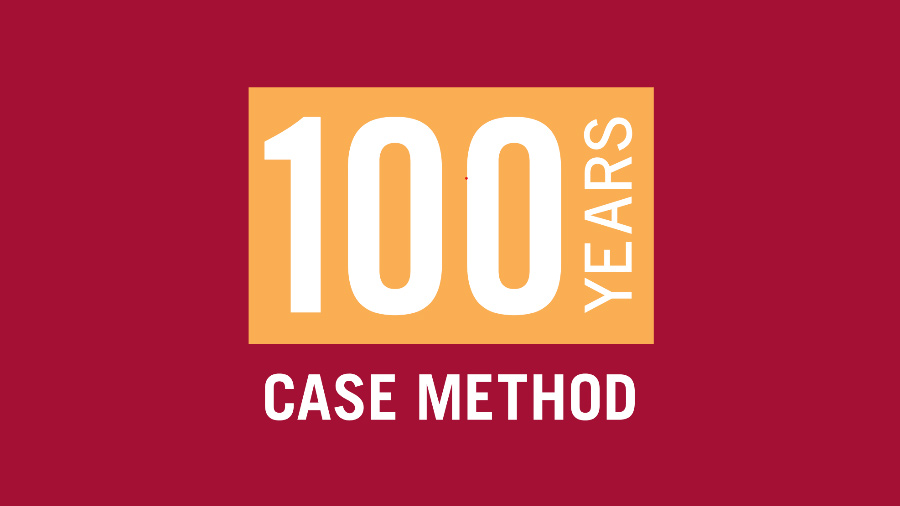For a management student, “Case Method” is a part of their blood. The case method helps us dive deep into the situations or narratives, study them systematically and give an unbiased view. The diversity of our classrooms enables us to unveil the unexplored corners of these narratives. Although our professors conduct a bus of ideas and ideals, they let the students steer the discussion. These discussions simulate real-life challenges that manager’s face regularly.
In simple terms, an NPA is a loan that isn’t paying off for a lender. When people talk about India’s banking crisis, they talk about a massive pile of loans on the verge of a default. Moreover, there are rupees 8.34 trillion failed projects for which companies are struggling to pay off their debts as of March-end 2021. By any definition, this is a massive number. Indias GDP is around Rs 135 trillion for some context. These numbers were enough to pique my interest. The loan crisis, while worsened by Covid, is much older than Covid.
Looking into the numbers further revealed exciting insights. The banking sector in India is one of the least profitable in the world. As a management student, you always look for anomalies. Anomalies are the language of the universe, the perfect means to understand the world, just like a tracker in medicine that works not by how it interacts with the body but with specific tissue.
It was this curiosity that led me down a rabbit hole. We can learn much from the Indian banking crisis about disparate topics like culture, public policy, organizational structures, and the functioning of large systems. So what will we be talking about today? The three insights I had:
This year, November marks the centennial of introducing the “Case Method” into the management studies by the then-nascent 13-year-old Harvard Business School. The first-ever case was that of “General Shoe Company” in Boston, Massachusetts. This one-page case, typewritten by Professor Clinton Biddle, is a fine piece of art first published in 1921.
The management studies turned a new leaf globally from that seminal moment, prioritizing experiential learning with case-based teaching. This process is beneficial not only to the students but also to the professors. An egalitarian setting like a classroom creates an open ground for students and teachers to engage in thought-provoking conversations. Unlike other methods of teaching, which are often one-sided, with cases, both students and professors have equal ownership.
Being one of the stakeholders, I feel the classroom discussion on the cases provides a preview of our reaction to real-life problems we might face as future managers. It encourages everyone in the room to provide their perspective actively and critically think about their choices. The cases still get published in paper or a PDF format. The future of the case studies methodology might be in leveraging emerging technologies such as VR and Metaverse. There might be a chance to build much more interactive, global, and more realistic scenarios to experience and debate. There are challenges to this pedagogy tool. Sometimes participation is limited to a select few while others are left behind. People from all over the world write these cases, so there is always a possibility of misunderstanding by students. The faculty must ensure such lapses do not occur by acting as a beacon for the students.
My few months of experience with the case-based methodology at IIM Udaipur taught me how hard the facilitators’ work behind the scenes to integrate cases with lessons and guide us. I must say thanks to all my professors who helped me articulate my thoughts better. This method can teach something to all, but not all can teach using this tool.
Despite being a hundred-year-old methodology, these cases and the participant-centred learning have yet to show their age. At this rate, this methodology needs practice for another 100 years to come. Along the way, many companies, industrialists, professors have explored different business situations to write cases that might help the next generation of management students and find a rich pool of talent for the future.
I feel an intimate connection with management students of past, present, and future worldwide as we take part in this journey together. I want to thank all the people who have given their best efforts to shepherd this method into existence and practiced it rigorously in thousands of management schools worldwide.
About the Author

Dinakar Mathi is a post-graduate student at IIM Udaipur. He is an Engineer and has worked as a Production Planner for Reliability Engineering Industries (a Mechanical Seals firm) in Hyderabad. He is a member of “Potpourri – The Literary club of IIM Udaipur” and the Corporate Relations Team for the annual management fest of IIM Udaipur – Solaris’21. His interests are in research and understanding the markets and consumer behaviours of High-end consumer product and defence markets. He is an avid fan of music from all corners of the world and likes reading books on non- fiction and watching paranormal documentaries.
Appendix
Celebrating 100 years of Case Method Teaching &Learning
The “General shoe Company”case
Faculty perspectives on the HBSCase Method
Exploring the Relevance and Efficacy of the Case Method 100 years Later(5 parts)
International Journal of Business and Socia Science Vol.3 No.6;[Special Issue-March 2012]
Erlandsson,The difficulties in implementing the case -study method
